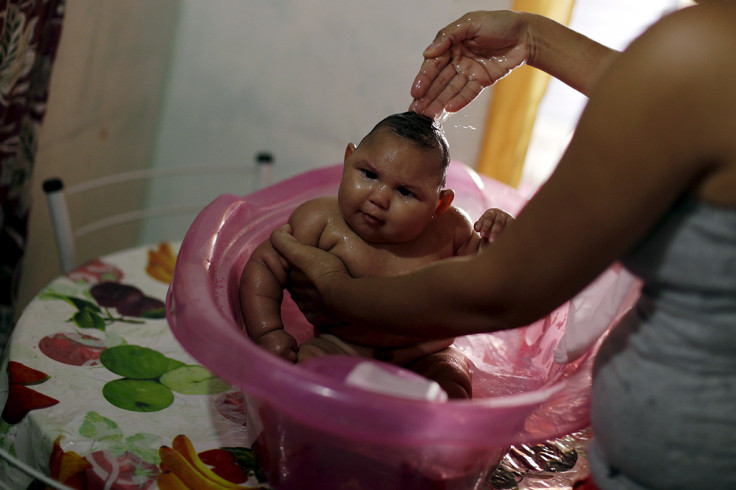Microcephaly: Everything you need to know about the neurological condition caused by Zika virus

After months of doubts and investigations, US health officials have confirmed that the Zika virus, spreading through Latin American and the Caribbean, is actually causing microcephaly in newborn babies.
"There is no longer any doubt that Zika causes microcephaly," Dr Tom Frieden, director of the Centers for Disease Control and Prevention (CDC), told reporters after the publication of a new study, which describes for the first time a causal relationship between Zika and microcephaly.
This means more emphasis will now be put on protecting pregnant women. But for those who have given birth to children with microcephaly many challenges await. What do we know about the condition that affects their babies?
What is microcephaly and does it vary in severity?
Microcephaly is a rare neurological condition which causes babies to be born with abnormally small heads. Prior to the Zika outbreak, few studies had been conducted, so many questions remain.

The condition is usually defined as a head circumference lower than 2 standard deviations (SDs) below the average for babies of the same age and sex.
In the womb, the foetus's head grows when the brain grows. If the brain does not develop properly during the pregnancy or stops growing after the birth, the baby ends up having a small head.
The severity of the condition varies between individuals. Severe microcephaly is the term used when the head is particularly small compared to individuals of the same sex or age, and even to others with microcephaly.
It is defined as a head circumference that is lower than 3 SDs below the average for babies of the same age and sex. These babies can also have a backward-sloping forehead.
Microcephaly can be an isolated condition, but in some cases, it comes with a variety of other birth defects.
What other health and development problems are expected?
The brain of a baby born with microcephaly is small and underdeveloped, and the disease itself comes with a range of health and development problems. The severity of these problems depends on how severely it affects the person.
Difficulties can include seizures, coordination and balance difficulties, hearing and vision defects, hyperactivity and sometimes, developmental delays. People with microcephaly may, for example, have problems speaking, walking, standing or even sitting.
Though there is not enough data to confirm the average life expectancy of people with microcephaly, experts believe it to be significantly reduced.
How is it diagnosed?
The condition can be diagnosed during pregnancy or after the birth. In the first case, ultrasound tests performed late in the second trimester or early in the third trimester can detect the abnormal size of the head.
However, most diagnoses are done following the birth. After discussing prenatal, birth and family history, the doctor measures the circumference of the child's head and compare it population standards by sex and age.
What are the causes?
Outside of the Zika context, different potential causes have been identified. They include a mix of genetic and environmental factors. For example, during the pregnancy, exposure to drugs and harmful substances, as well as infections like toxoplasmosis, malnutrition, or the interruption of the blood supply to the baby's brain during development can all increase the risk of microcephaly.
It is also important to remember that if we take the recent Zika outbreak out of the picture, the condition remains very rare. It only affects 2 to 12 babies per 10,000 live births in developed countries.
Can it be treated?
There is no known treatment for this lifelong condition, and the small head size cannot be reversed. Cures and medical help have focused on helping individuals manage the health consequences. Medication for seizure complications as well as speech, physical and occupational therapy can all help a child affected by microcephaly.
© Copyright IBTimes 2025. All rights reserved.






















